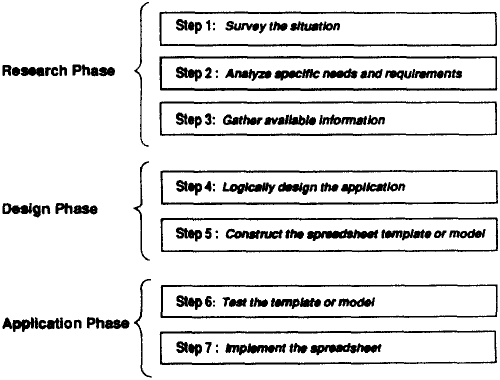Authors
James W. Busbin, Ernst P. Gross, & Thomas Dillon
Abstract
The article discusses the usage of spreadsheet by sales managers and also focuses on the problems encountered by them.
According to the article the adoption of computer support systems in sales and sales management typically occurs in three steps namely to analyze and procure the necessary hardware, to select and install appropriate business software, and to make adaptations of the software to fit the sales and sales management needs at hand.
Beyond analyzing sales performance and "what if" type forecasting questions, spreadsheets allow the rapid recalculation of results when a particular value is changed in a series or formula. The problem with the managerial control over spreadsheet accuracy is to make a spreadsheet appear on the display screen and in constructing a well-designed spreadsheet characterized by integrity and built-in controls.
The article points out that once a systematic organized program for spreadsheet development is established for the organization all subsequent spreadsheet activities will stand to benefit. The systems development life cycle is a phased approach to building information systems and is extremely useful in targeting sales and management spreadsheet applications.
Sample

This figure depicts the systems development life cycle (SDLC) applied to sales management using a spreadsheet model.
The SDLC consists of seven steps:
- Survey the situation.
- Analyze specific needs and requirements.
- Gather available information.
- Logically design the application on paper.
- Construct the spreadsheet template or model.
- Test the template or model with known-output data.
- Implement the spreadsheet.
Publication
1990, Journal of Personal Selling and Sales Management, Volume 10, Number 3, Summer, pages 101-107
